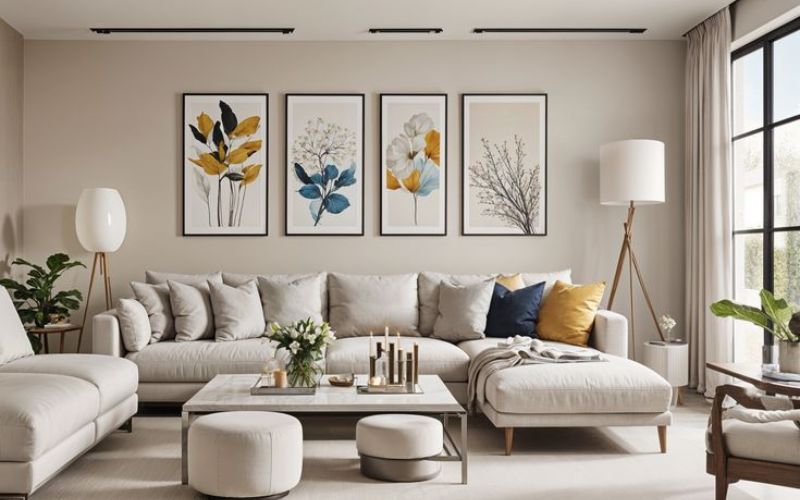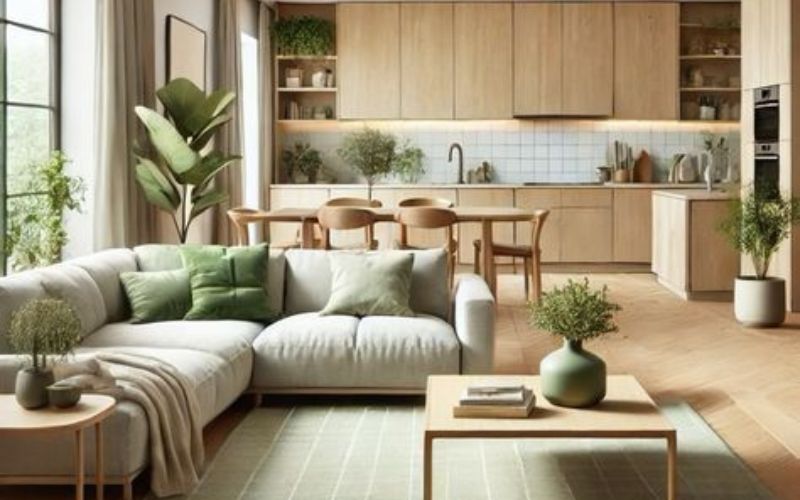
In the world of interior design, it’s easy to get caught up in the details—colors, patterns, textures, furniture pieces, and decorative elements. But what many forget is that sometimes, what you leave out is just as important as what you put in.
Welcome to the world of negative space in interior design.
Negative space—also called white space—is the empty or open area around objects. It’s the breathing room that allows the rest of your design to shine. Whether you’re styling a studio apartment or a grand villa in Dubai, embracing negative space can make a world of difference.
Let’s explore how this simple design principle can transform your home into a minimalist space full of visual balance and calm.
Related: The Evolution of Minimalist Interior Design – What’s Next?
What Is Negative Space in Interior Design?
Negative space isn’t about doing “less for less”—it’s about making every design decision more intentional. It’s the thoughtful use of empty areas to give your eyes a break and your room a sense of order.
Positive vs. Negative Space
- Positive space: This includes your furniture, art, rugs, plants, and other design elements.
- Negative space: This is the space around and between these items. Think: the gap between two chairs, the empty stretch of wall behind your sofa, or even clear areas on shelves.
When balanced properly, this yin and yang of positive and negative space creates harmony and flow.
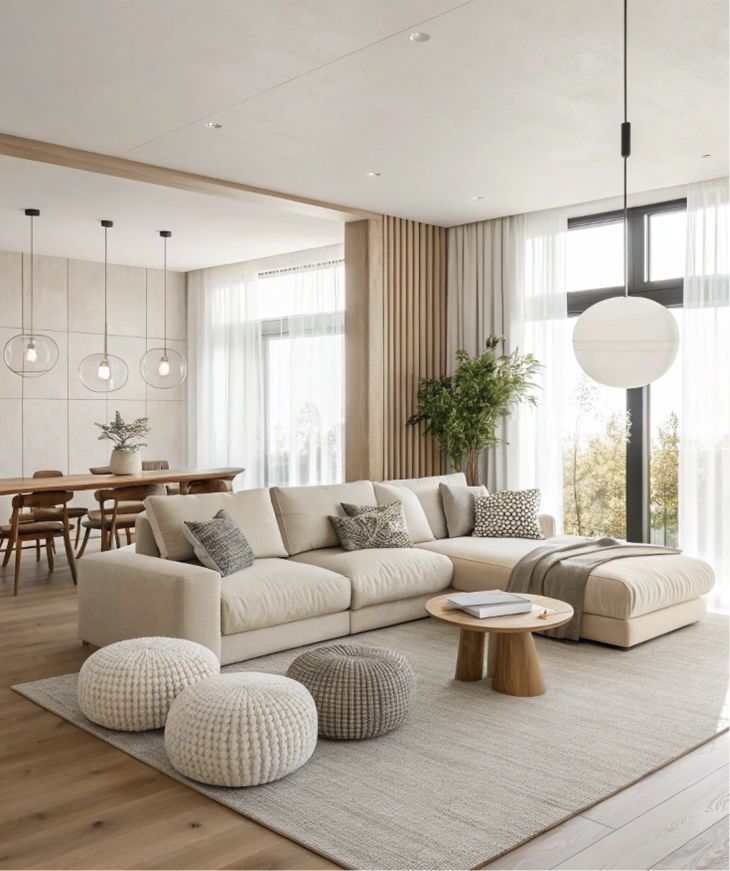
Why Negative Space Matters More Than You Think
- Creates Breathing Room in Design
One of the main benefits of negative space is that it allows your room to “breathe.” This sense of openness makes your interiors feel less cluttered, more inviting, and easier to move through.
This is especially crucial in urban areas like Dubai, where high-rise living and smaller spaces are common. Making the most of breathing room in design is a game-changer for comfort and style.
- Enhances Visual Balance
Negative space acts like a frame for your main design elements. It draws attention to the objects that matter and gives each piece its own moment to shine. In rooms where too much is happening at once, the eye has no place to rest—and the result feels chaotic.
Proper spacing creates visual balance, helping you avoid that “too much going on” look.
- Supports Minimalist Space Philosophy
In minimalist space design, the goal isn’t just to use fewer things—it’s to use the right things. Negative space is at the heart of that approach. It invites stillness, clarity, and calm.
Instead of filling every inch with décor, minimalist design embraces emptiness as a feature, not a flaw.
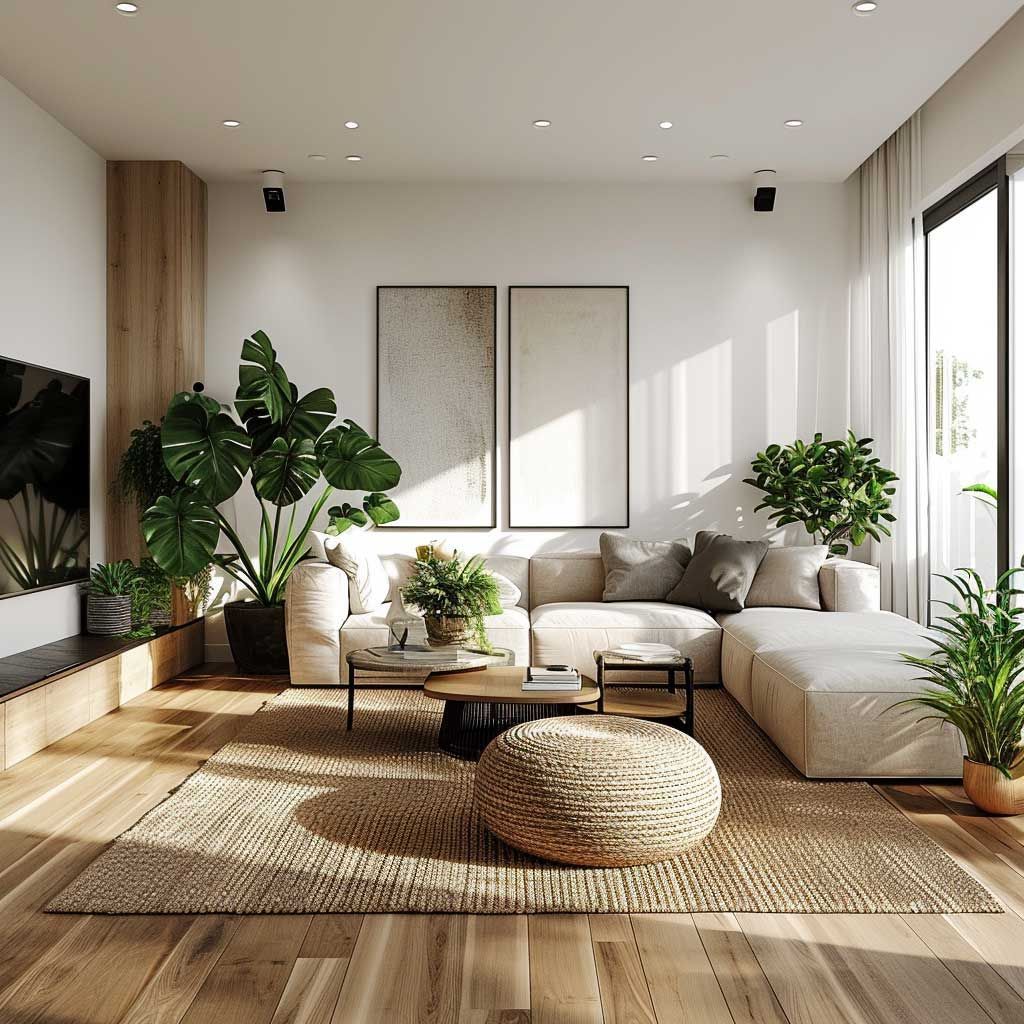
How to Use Negative Space Like a Pro
- Don’t Feel the Need to Fill Every Corner
A common mistake is to think that every wall needs art, every surface needs décor, or every corner needs a piece of furniture. But often, leaving a section bare actually enhances the impact of what is there.
Start small. Take out one unnecessary item from each room. Let the space breathe. You’ll feel the difference instantly.
- Use Furniture Layouts That Prioritize Space
When arranging your room, make sure you leave enough empty space around furniture. Not only does this improve movement and flow, but it also gives your furnishings a cleaner, more intentional feel.
Try floating furniture slightly away from the wall, or leaving a stretch of empty floor beneath a wall-mounted TV or console.
- Let Light Play Its Role
Light—both natural and artificial—is one of the most powerful ways to emphasize negative space. A sunbeam hitting an empty corner or a soft pendant light illuminating a white wall can turn emptiness into elegance.
Pair negative space with well-planned lighting for maximum effect.
- Embrace Open Shelving (Carefully)
Open shelving can either look beautiful or cluttered—depending on how you style it. A great tip? Use fewer items, and group things with intentional spacing.
Leave blank areas between items to add breathing room and avoid visual overwhelm.
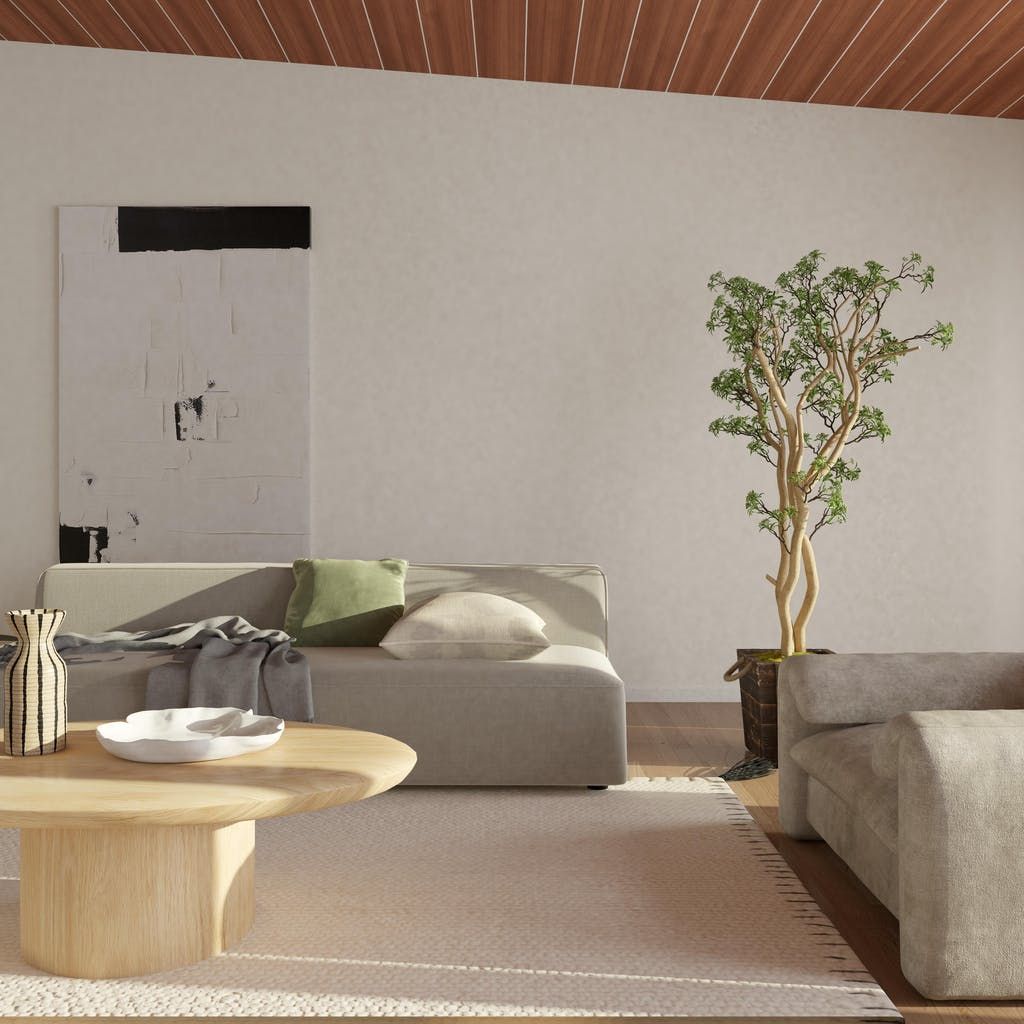
Negative Space in Different Rooms
Living Room
Leave some walls or shelves intentionally empty. Allow open floor space between seating areas to give your room a light, airy feeling.
Kitchen
Don’t overload every counter. Leave some surfaces clear and clutter-free. Use neutral tones and clean lines to create a sense of openness.
Bedroom
Go for a pared-back approach to décor. A few key pieces—a statement light fixture or a bold piece of art—will shine more with clean, open surroundings.
Bathroom
Use floating vanities or frameless mirrors to emphasize light and space. Choose neutral colors and avoid too many small accessories on the counter.
Minimalism Doesn’t Mean Boring
Some people fear that using negative space in interior design means creating a cold or bland room. But that’s not true at all.
When done right, negative space:
- Highlights your favorite items
- Adds elegance
- Creates calm
- Encourages mindfulness
The goal isn’t to make your space look empty—it’s to make it feel intentional.
The Dubai Perspective: Negative Space for Modern Lifestyles
At Sierra Contracting, we’ve helped countless homeowners and property developers in Dubai embrace minimalist and modern interiors. In a fast-paced city where time and space are precious, negative space is one of the most powerful tools in our design toolkit.
By focusing on flow, proportion, and clean layouts, we help our clients achieve homes that feel both luxurious and livable.
Curious how this fits into current trends? Explore the evolution of minimalist interior design and what’s next to see how negative space is leading the way forward.
Final Thoughts: Emptiness as Elegance
When you give your interiors space to breathe, something magical happens. Your home feels more organized, more peaceful, and more beautiful. Negative space lets the architecture and your favorite pieces take center stage—without visual noise.
So next time you’re tempted to fill an empty corner or decorate every wall, pause.
Ask yourself: Does this space need more… or is it already saying something?
At Sierra Contracting, we believe that great design isn’t just about what you add—it’s also about what you leave out.

